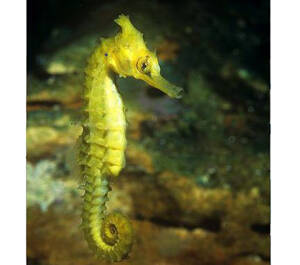
White’s seahorse
Hippocampus whitei,White’s seahorse
White’s seahorse is a species of Syngnathidae in the order Acanthopterygii ···
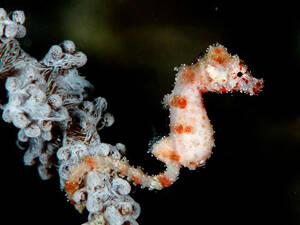
Hippocampus waleananus
Hippocampus waleananus,Wari Island Dwarf Seahorse
Warren's pygmy seahorse, Hippocampus waleananus (M. F. Gomon et Kuiter, ···
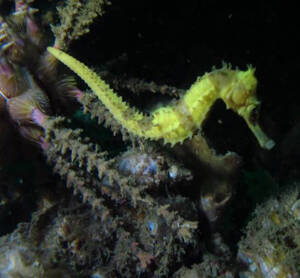
Hedgehog Seahorse
Hedgehog Seahorse,Hippocampus spinosissimus
Hedgehog Seahorse is a fish of the Syngnathidae family and the genus Hippoca···
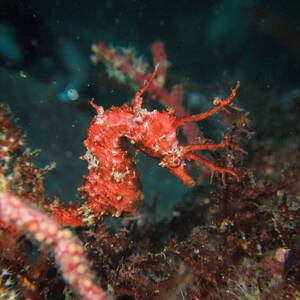
Hippocampus sindonis
Hippocampus sindonis,Sindo's Seahorse,Moss Seahorse,hana tatsu
The Latin scientific name of the flower seahorse Hippocampus sindonis, and t···
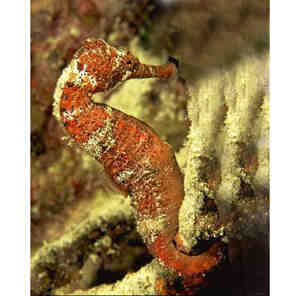
Japanese Seahorse
Hippocampus mohnikei,Japanese Seahorse
Japanese Seahorse is called Japanese Seahorse in English. It is an animal of···
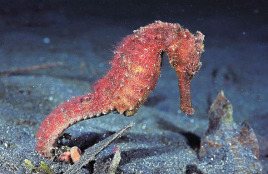
Hippocampus kuda
Hippocampus kuda,Spotted Seahorse,Kuda Seahorse
Hippocampus kuda (scientific name: Hippocampus kuda), also known as Spotted ···
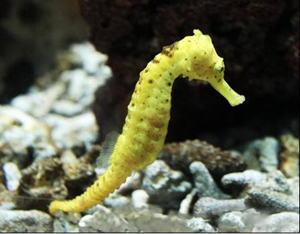
Hippocampus kelloggi
Hippocampus kelloggi,Kelloggi'sseahorse,Seahorse, Grimm's seahorse, Ryukyu seahorse, seahorse
Kelloggi's seahorse (scientific name: Hippocampus kelloggi), foreign nam···
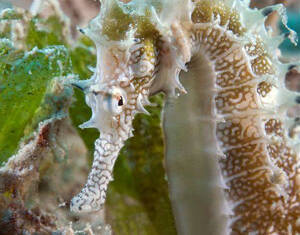
Hippocampus jayakari
Hippocampus jayakari
Jia's seahorse, Latin name Hippocampus jayakari, is a species of Syngnat···
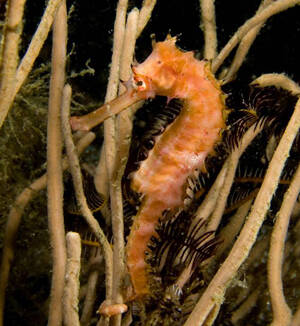
Hippocampus histrix
Hippocampus histrix,Thorny Seahorse,Seahorse
Thorny Seahorse (scientific name: Hippocampus histrix) is a member of the Sy···
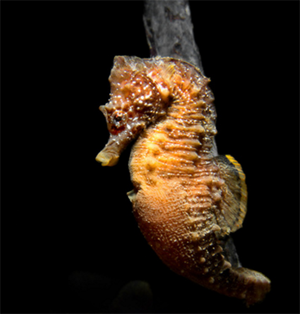
Short-snouted Seahorse
Short-snouted Seahorse,Hippocampus hippocampus
European seahorse, also known as Short-snouted Seahorse, is a member of the ···
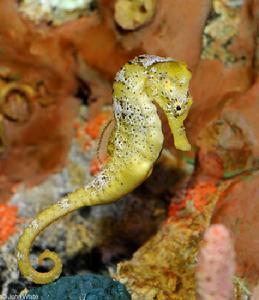
Hippocampus reidi
Hippocampus reidi,Long-snout Seahorse、Slender Seahorse、Slender seahorse,Blunt seahorse, long snout seahorse
Long-snout Seahorse (scientific name: Hippocampus reidi), also known as Long···
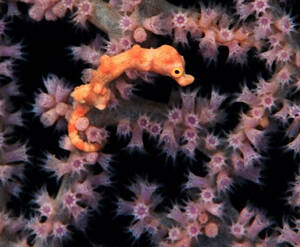
Denise's Pygmy Seahorse
Denise's Pygmy Seahorse,Hippocampus denise
Denise's Pygmy Seahorse, also known as Denise's Pygmy Seahorse in En···
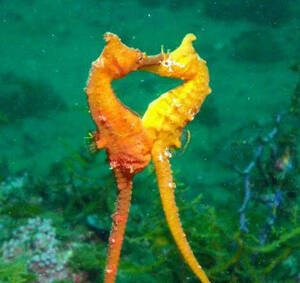
High-crowned Seahorse
High-crowned Seahorse
High-crowned Seahorse is an animal of the Syngnathidae family and the genus ···
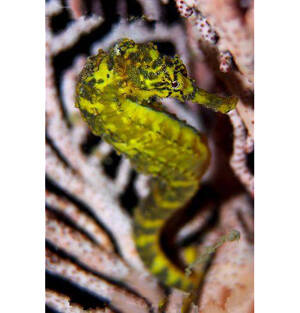
Hippocampus comes
Hippocampus comes,Tiger tail seahorse
Tiger tail seahorse, Latin name Hippocampus comes, foreign name Tiger tail s···
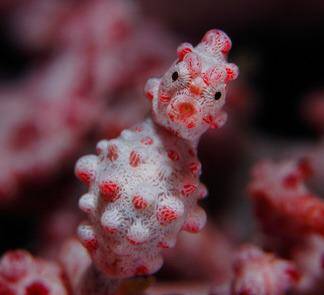
Hippocampus bargibanti
Hippocampus bargibanti,Bargibant's Seahorse、Gorgonian Seahorse、Pygmy Seahorse,Pygmy seahorse, Bartholin's seahorse
Bargibant's Seahorse (scientific name: Hippocampus bargibanti), also kno···
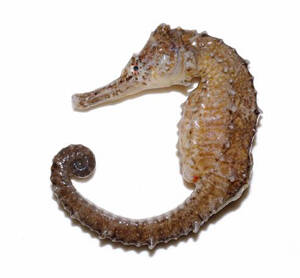
Hippocampus trimaculatus
Hippocampus trimaculatus,Three-spot Seahorse、Flat-faced Seahorse、Longnose Seahorse,Three-spotted seahorse
The spotted seahorse (scientific name: Hippocampus trimaculatus), also known···

Hippocampus abdominalis
Hippocampus abdominalis
The Latin name of the big-bellied seahorse is c (Lesson, 1827), also known a···
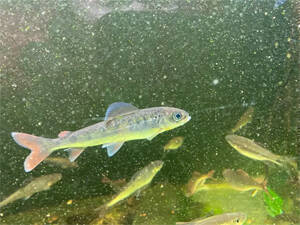
Thymallus yaluensis
Thymallus yaluensis, speckled trout
Yalu River grayling, whose Latin name is Thymallus yaluensis, is the most co···

Thymallus arcticus grubei
Thymallus arcticus grubei,Amur grayling, spotted trout, redfish, sea urchins, etc.
The Latin name of Heilongjiang grayling is Thymallus arcticus grubei, and it···
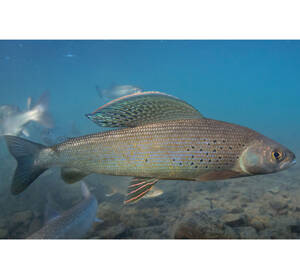
Arctic grayling
Thymallus arcticus
Arctic grayling (scientific name: Thymallus arcticus): is an animal of the f···
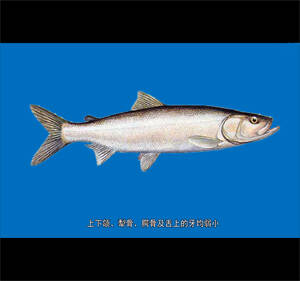
Stenodus leucichthys nelma
Stenodus leucichthys nelma,Whitefish, Whitefish
Stenodus leucichthys nelma belongs to the genus Stenodus of the family Salmo···
